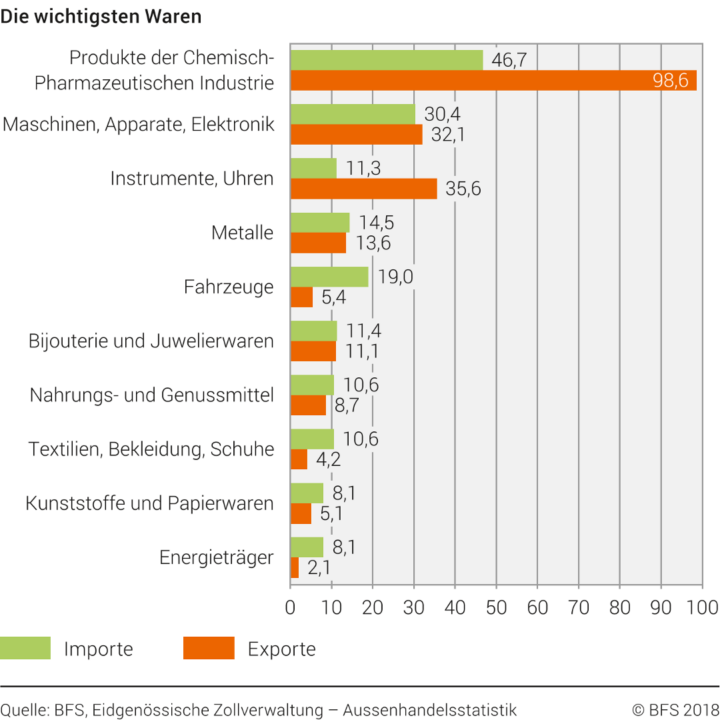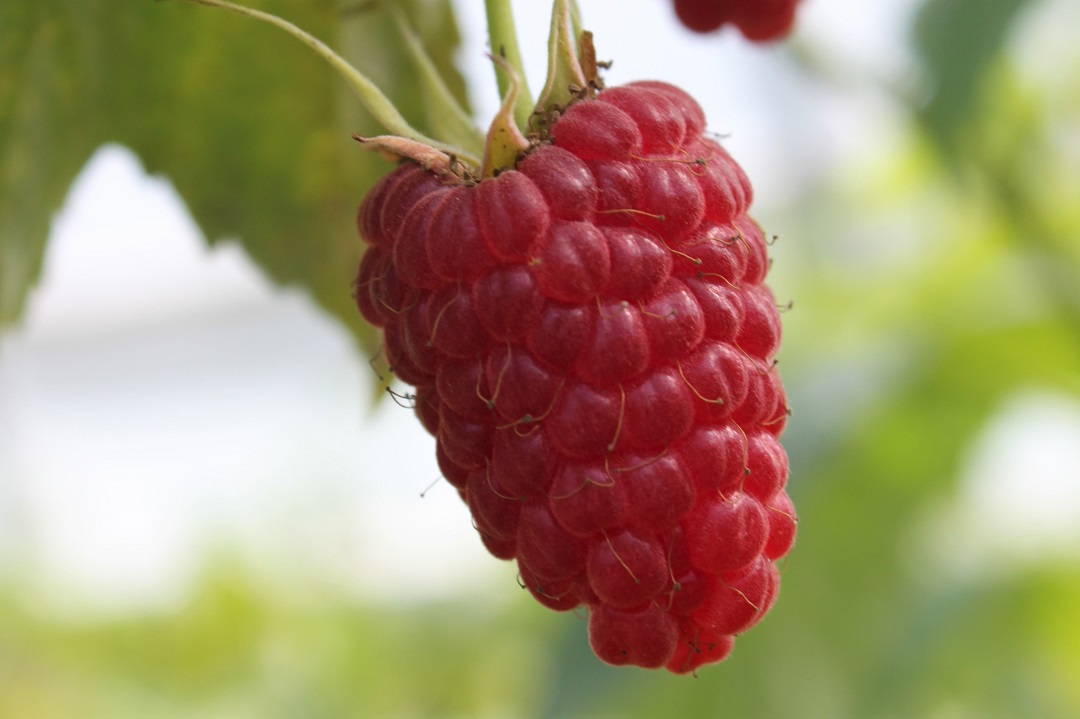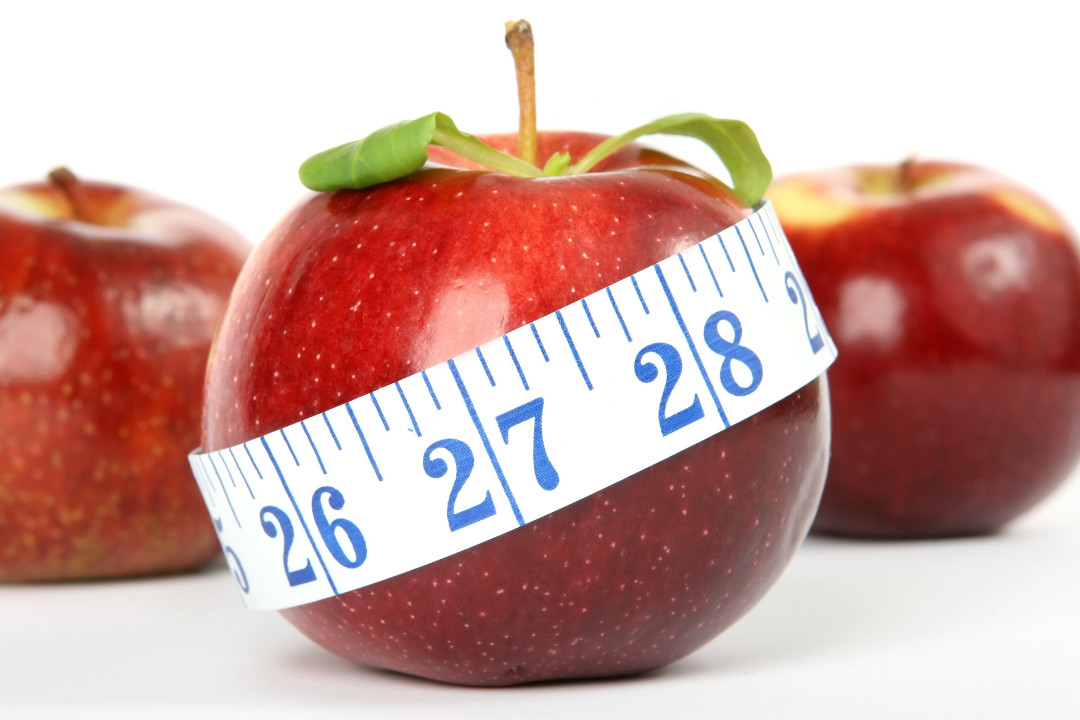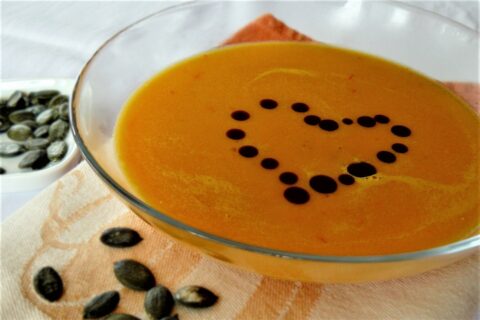Some have started the new year with a few kilos more on their hips. The Christmas Dinner Marathon has left its mark. But fortunately there are New Year’s resolutions: The fitness centres sell subscriptions by the running metre and sweets become a keeper of the shop.
Instead, the shopping trolleys are filled with Chia seeds, goji berries and quinoa. Many health fanatics swear by this super food, which is imported into Switzerland from China, Mexico and South America and has come a long way.
Out of season = bad for the environment
Nowadays, supermarket shelves look the same all year round. Everything should be available at all times – with consequences for the environment. The blackberries from Chile, the pineapples from Hawaii or the apples from New Zealand leave a considerable CO2 footprint. Just to transport a bunch of asparagus from Mexico alone, as much as five liters of crude oil are burnt. And they are not really healthy either, because they were harvested immaturely and a large part of the valuable nutrients were lost during the flight.
Not only overseas food, but also vegetables from the heated Swiss greenhouses are not exactly environmentally friendly if consumers do not want to do without their cucumber salad even in winter. One kilo of greenhouse gherkins can produce 2.3 kg of CO2, 13 times less for gherkins grown in the open air.

What Switzerland imports
Since 1990, the volume of imported food has doubled from two to four million tonnes per year (source: FCA). Drinks in particular are pouring: Mineral water from abroad – for example from France or Italy – is drunk three times as often. Sweetened drinks and ready-to-eat foods are also becoming increasingly popular. All in all, Switzerland imported goods for CHF 265 billion a year.

Good for health and environment
If you want to adapt your eating habits to the seasons, take a look at the seasonal table. Fruits and vegetables that have neither been transported long distances nor grown in a greenhouse are not only tastier and richer in vitamins, they are also massively more environmentally friendly. For this reason, some local farmers already offer vegetable subscriptions, for example Erica Portmann from Wiggen (click here to go to the farm). The freshly harvested vegetables are delivered directly to the front door and cooking can begin immediately. If you want to keep in touch with the producers or show your children how their food is produced, it is best to buy the regional food at the farmers’ market or directly from the farm.
No renunciation, more taste instead

Those who want to pay more attention to the line in the new year but still cannot do without sugar should choose sweet Swiss fruits and leave the factory sugar bomb made from imported cocoa beans. And what’s wrong with going to a nearby farmer and tasting fresh milk on the farm? Or to buy eggs that weren’t on a supermarket shelf for days? And as far as super food is concerned, Chia seeds from Mexico can confidently be replaced with Swiss linseed, because the ingredients are the same. Native raspberries are three times cheaper than goji berries, which are often contaminated with pesticides, and also have more dietary fibres. And as alternatives to quinoa, there are oat flakes, millet and buckwheat. And with all these tips and tricks, conscious nutrition is twice as much fun, because the seasonal products not only provide the body with more nutrients, but also protect our beautiful earth.








Leave a comment